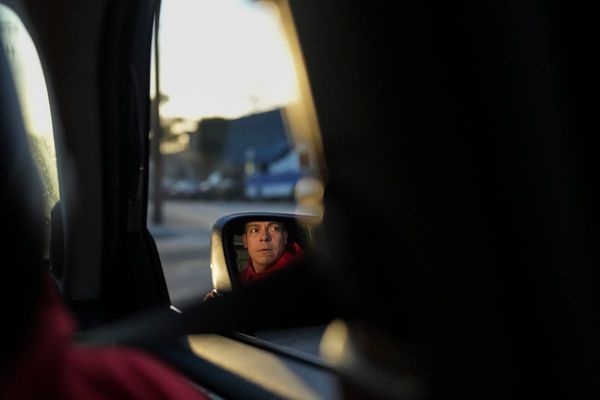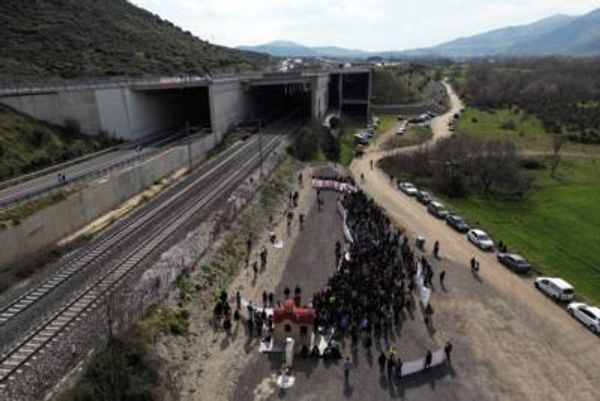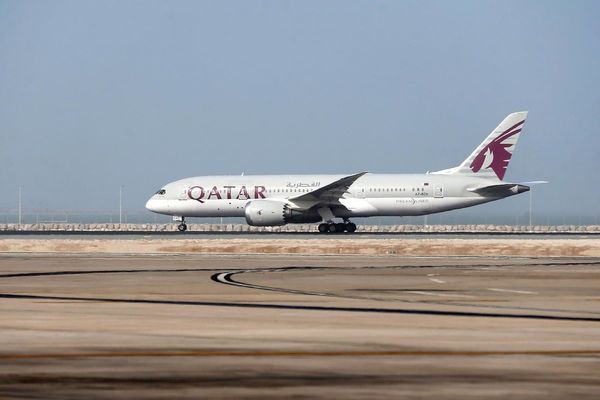Spearfishing has been allowed along Adelaide's coastline for the first time in 30 years, but some beachside residents are concerned about safety and marine life.
The Department of Primary Industries SA (PIRSA) has given approval for the sport along the shoreline of Kingston Park, Marino and Hallett Cove, as well as south of the Outer Harbor breakwater.
Marino man Rob George is among a group of local residents opposed to spearfishing.
He said he was fearful of lethal weapons coming close to snorkellers.
"It has been a fabulous spot with a beautiful little dive just a few metres off the rocks," he said.
"And now that's all going to be thrown into turmoil because idiots are going along shooting dusky morwong and rock cod and silver drummer, all of which are essentially inedible — I mean they taste like soap."
He said photos had already emerged of spearfishers coming out of the water holding spearguns while walking on slippery rocks.
PIRSA has chosen the areas where it has allowed spearfishing because they are rocky and less popular with swimmers.
Spearfishing will still be banned within 100 metres of jetties, landings and wharves.
It is allowed in regional areas, apart from around Victor Harbor and Second Valley.
Etiquette around spearfishing followed
Gulf Skindivers Spearfishing Club management team member Greg Tenikoff said the spearfishing community was skilled and followed common rules.
"Part of what we represent is actually having good etiquette towards the general members of the public and such, so walking around with spearguns loaded on the beach around the public is a big no," he said.
"Walking around with speargun tips uncovered or pointed in the general direction of people is also a big no.
"Leaving fish sort of scattered along the coastline or just not actually disposed of or taken for consumption is a big no."
He said spearfishers did not "kill for fun" but for eating.
"Contrary to what people probably perceive the sport to be, there's actually a lot of skill that goes into it."
Line fishing worse for marine life
The Australian Marine Wildlife Research and Rescue Foundation looks after injured and sick birds, seals, dolphins and turtles at Torrens Island.
Operations director Aaron Machado said spearfishing was more environmentally friendly than line fishing, with 96 per cent of the creatures the organisation looked after coming in after being entangled in fishing line and other angling equipment.
"If you go down there to try and catch a giant trevally, you're only going to shoot a giant trevally — or you should only be shooting a giant trevally," Mr Machado said.
"So, you take your target fish because you can actually see it and say 'that's the one and I want' and if you're a good shot and you shoot it you take your prize home and eat it.
"As opposed to catch-and-release, because 98 per cent of those fish that are caught and then released die within a week of them being released due to the trauma caused and/or the slime that's removed from them and people taking the hooks out and then returning them."
PIRSA executive director for fisheries and aquaculture Gavin Begg said consultation about allowing spearfishing was done with relevant stakeholder groups, including the Minister's Recreational Fishing Advisory Council, other recreational fishing bodies, state government departments, coastal councils and other coastal user groups.
Mr George said no-one had contacted the Marino Residents' Association.







